Buzzing with curiosity about those little buzzing insects that you see around in the garden? Check out our selection of fascinating bee facts. Here is all you need to know about bees, queen bees, wasps, and the lovable bumblebee.
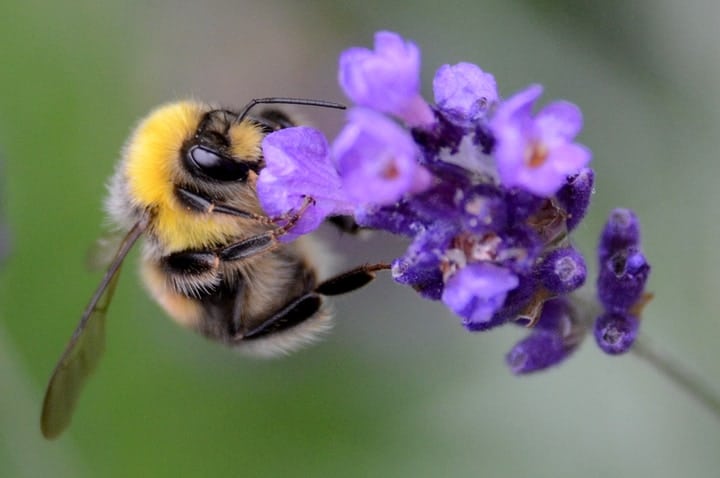
Some of these bee facts will surprise you, others will probably amaze you. You’ve been warned! Without further ado then, let’s get down to the facts.
All the Fun Facts About Bees You Need to Know
How much do you really know about bees? Do you know the difference between bees and wasps? Let’s start our list of bee facts with honey bees.
Honey Bee Facts
Honey bees are some of the most common and well-studied bees around. The bees in your garden are probably honey bees.
1. Who does what?
In the bee world, it’s the females that do all the work. Those that you’re more likely to see around the garden are called worker bees and they are all females.

They fly from flower to flower to collect nectar, using the little hairs on their bodies to gather it and deposit it in the baskets they carry on their legs.
2. Want some honey, honey?
Yes, bees give us honey. Do you know how many bees have worked for the honey in a jar? The ordinary honey bee works her whole life to produce the equivalent of one measly teaspoon of honey.
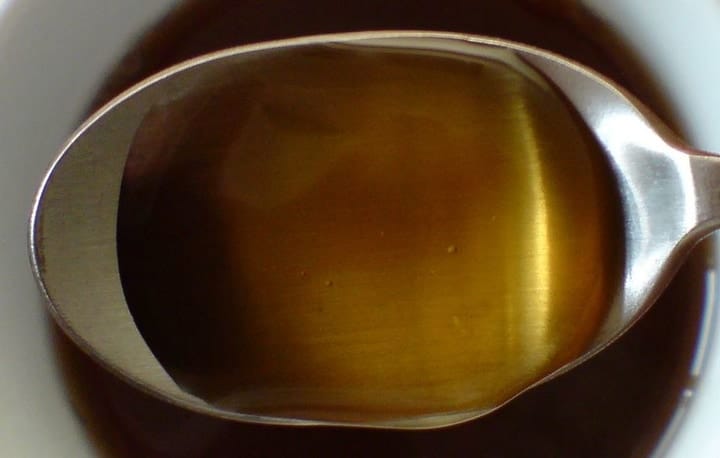
If you put two teaspoons in your chamomile tea, that’s the work of two bees working day after day.
3. Travel the world and seven seas
Well, bees don’t travel all that much, but they do fly a lot. It has been calculated that to produce a two-pound honey jar, the bees would have to fly the equivalent of three trips around the world.

4. How fast is a bee?
Bees are extremely fast and they fly at a speed of 20 miles per hour. To reach this amazing speed they flap their wings 200 times per second. Talking of amazing bee facts!
5. Why do various types of honey taste different?
The flavor of each type of honey is determined by the plants in the area where a bee colony lives. Light-colored honey is milder in taste, while deep golden one has a stronger taste.
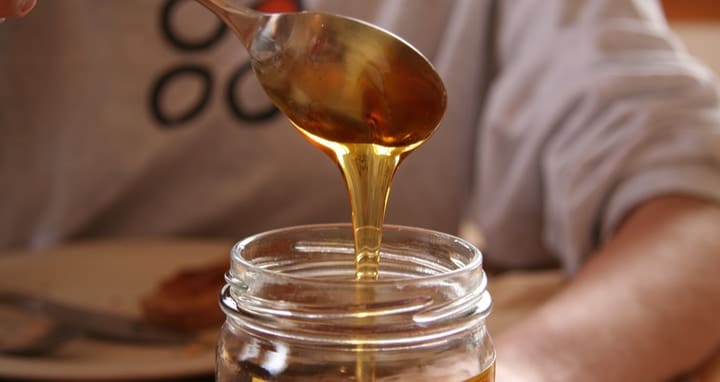
If the bees in one area have access to many different trees and plants, the honey they produce is called polyfloral.
6. It hurts them more than it hurts you
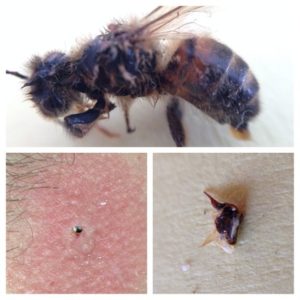
Bee stings are nasty and sometimes even dangerous, but all your suffering is nothing compared to the ultimate price a bee pays for stinging you.
Bees have barbed stingers that get stuck under your skin so that flying away literally tears a honey bee apart. This is why a bee won’t attack you unless it feels threatened.
7. The pilgrim’s gift to us
Did you know that the most common honey bee in the US is not a native insect? The honey bee, Apis mellifera, came to the US in the 16th century with the first European colonists!
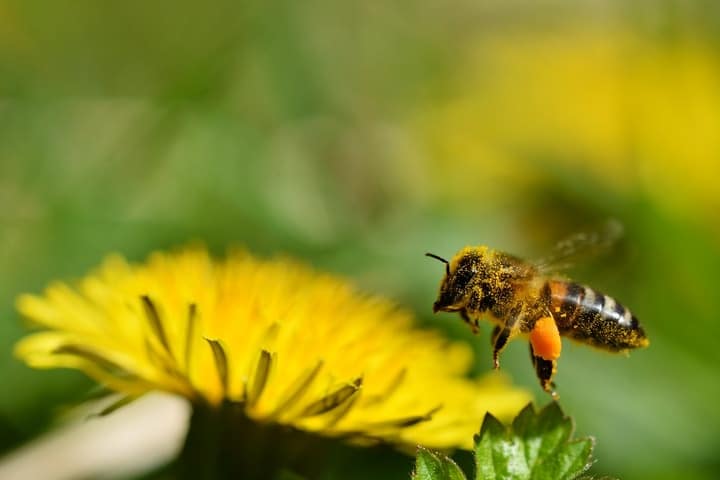
8. Finding a new job
The brain of a bee is hardwired for a certain job. Most of them are workers, but there are also scouts and soldiers bees. These spend most of their lifeguarding the colony and the queen.
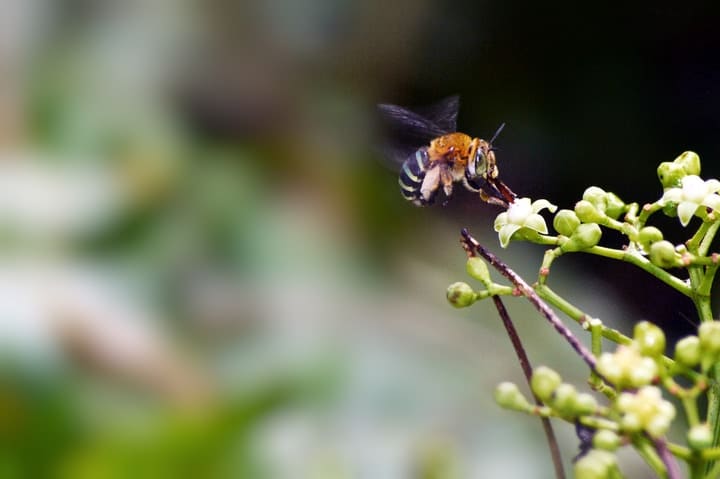
When a bee gets old, it takes on an undertaker’s role, removing dead bees from the hive. Scientists have discovered their brain chemistry changes at this point!
9. GPS for bees
Bees are able to find their way to a garden or back to the hive by using the Sun as a compass. On cloudy days, they use special photoreceptors to determine the position of the Sun.
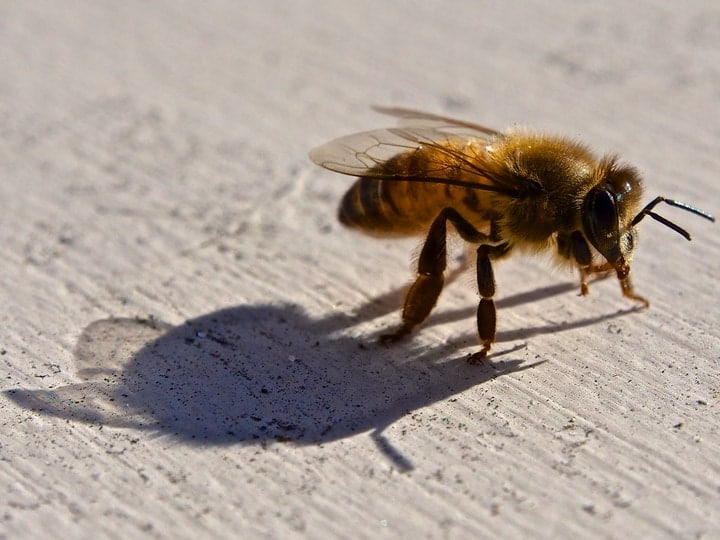
At the same time, bees have around 170 odorant receptors located on their heads. These receptors help them find their ways to their favorite flowers.
10. Who needs central heating?
When they do get to rest, bees have a very comfortable home, all nice and warm.

Bees are capable of maintaining a pleasant 92 degrees temperature inside their hive, whether outside it’s scorching hot or freezing cold.
11. Keeping clean
After flying around all day, bees do get dirty. They clean their heads and their antennae by using the small little combs they have on their front legs.
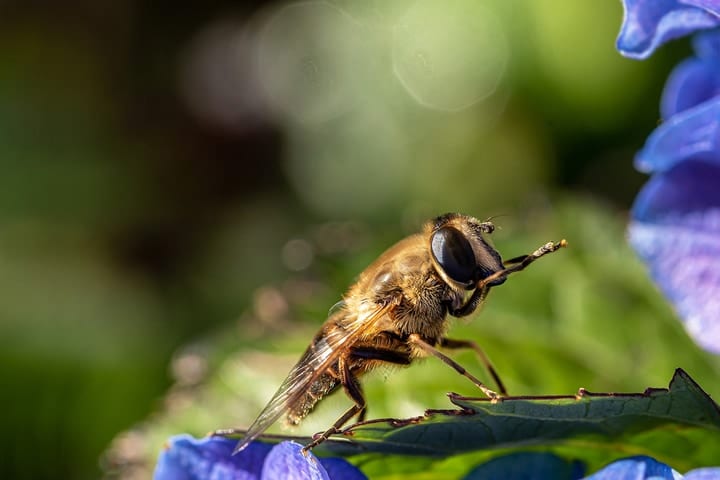
The combs are made of little hairs.
12. How do bees talk?
Bees can communicate by releasing pheromones, for instance to alert other bees of an impending danger.
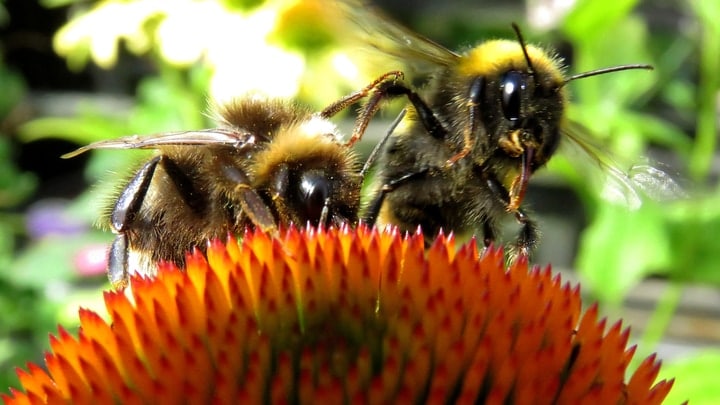
They can also talk to each other by movement, especially head-butting!
13. How about some shuteye?
Despite working all day and flying for miles, bees don’t rest like we do.
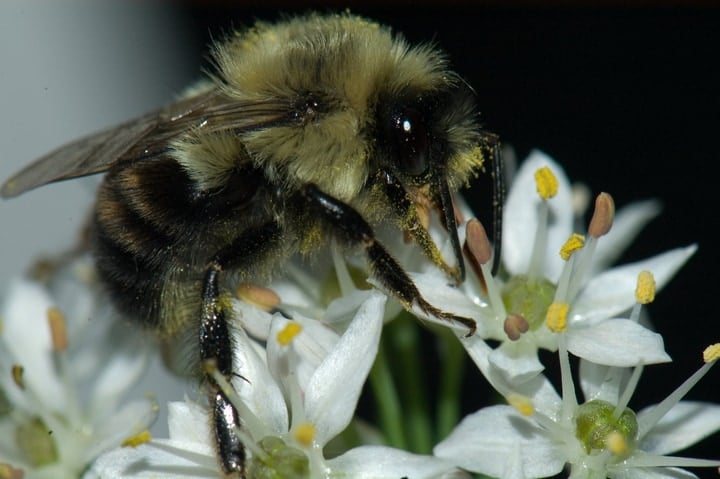
Bees do not sleep, but they spend their nights motionless to preserve their energy for the next day.
Queen Bee Facts
Queen bees are mysterious creatures as you don’t see them around much. Here is a look at their private lives.
14. Join the mile-high club
Maybe not exactly mile-high, but fact is a queen bee mates with a drone up in the sky.
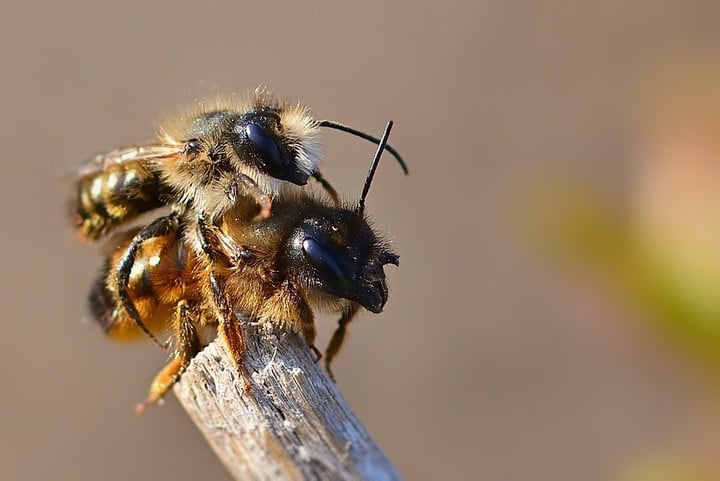
Presumably, this has nothing to do with privacy, although beehives are notoriously crowded. Most likely, this has to do with determining which is the smartest drone.
15. Why do you have such big eyes?
The male bees, known as drones, have pretty big eyes. This is to, well, keep an eye on the queen bee and locate her when she flies out ready to mate.
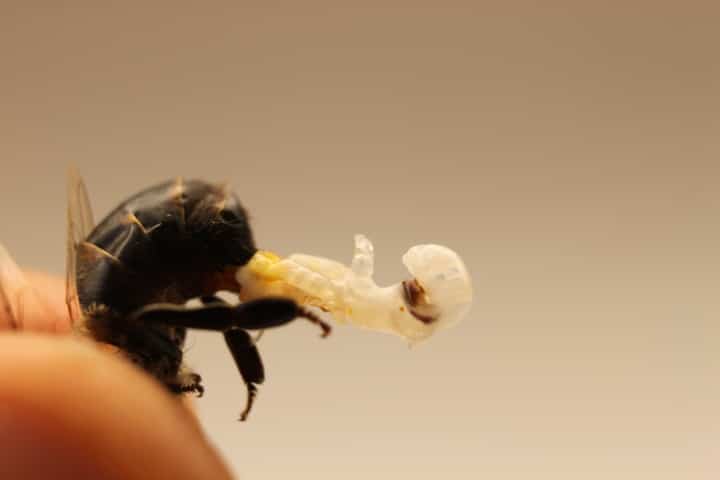
The price of mating with the queen is heavy, though as the drone loses its genitals and dies!
16. That’s a lot of kids!
Seems like a queen bee doesn’t do much but she keeps the colony alive. A queen bee can lay as many 2,000 eggs per day.
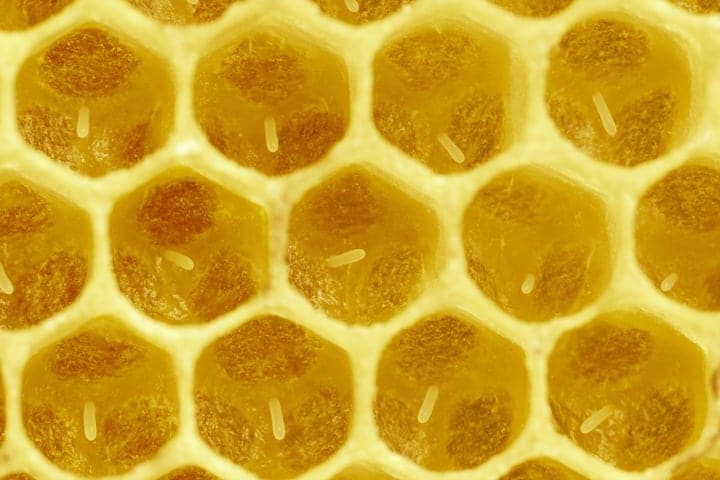
The fertilized eggs will result in female worker bees while the others turn up male drones.
17. Life’s not fair!
Most worker bees have short life spans, some live only weeks, but the queen bee has a life cycle of 3 to 4 years.
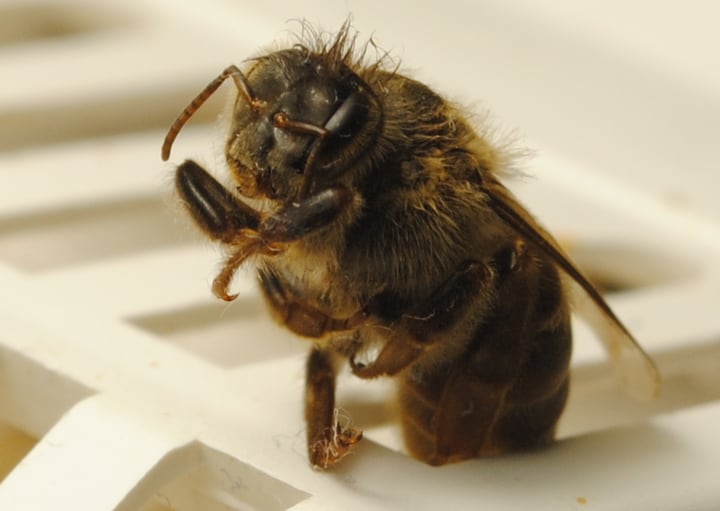
That is unless the bees decide to have her deposed, which is not pleasant at all!
18. The queen is dead! Long live the queen!
If the queen bee is no longer able to fulfill her royal duty of constantly laying eggs she is murdered by her own subjects.
The method they use is the same they employ when an intruder wanders into their nest. It’s called thermal defense.
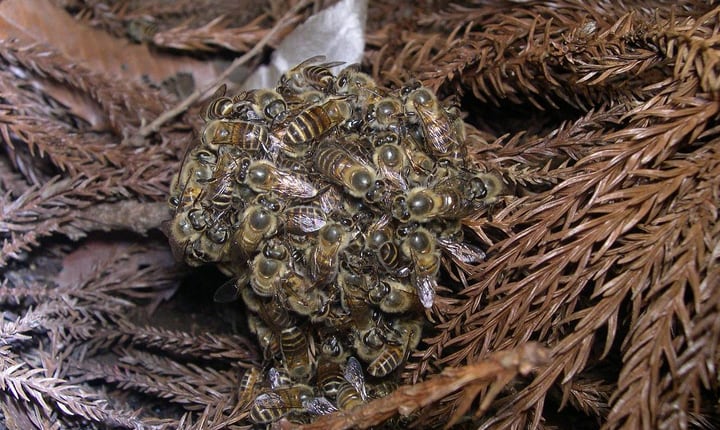
The worker bees surround the queen real tight in a ball and generate heat until their ruler is sort of baked to death! A newly-hatched larvae is then selected to become the next queen.
Bumblebee Facts
They might look a lot like bees, but they are smaller and have different habits and characteristics. We’re talking about bumblebees.
19. Cozy nests
Bumble bees live in smaller colonies than regular honey bees and they do not swarm.
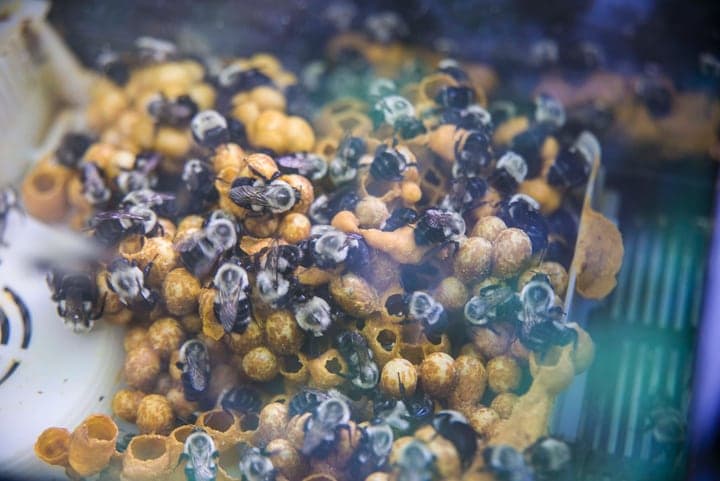
Bumble bees spend their winters hibernating in small underground burrows.
20. Cheater, cheater
Some types of bumble bees are known for cheating, not on their partners, as they don’t have actual partners, but on their jobs. The practice is known as nectar robbing.
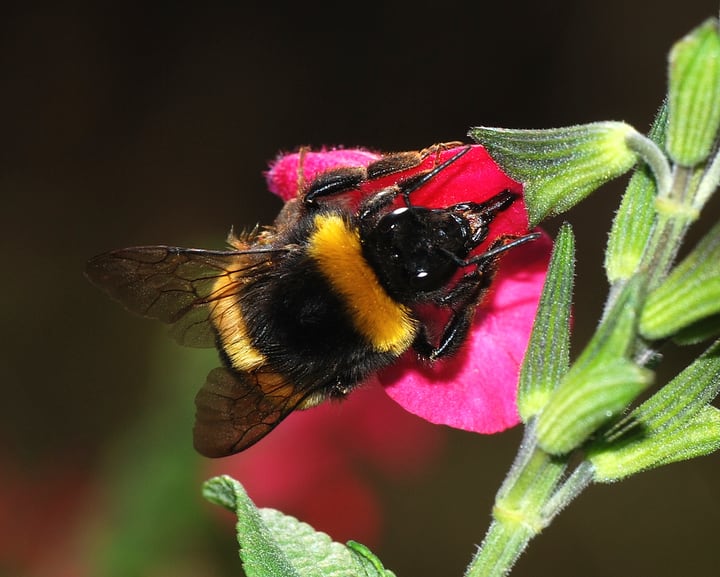
Rather than entering the flower and carrying the pollen inside as they’re supposed to do, some bumble bees crawl on the outside of the flower and steal the nectar without pollinating.
21. Nothing to see here!
Bumble bees don’t want to wait anybody’s time. Once they’re done collecting the nectar from a flower they will mark it with a pheromone, leaving behind a scent to warn fellow bumble bees that there’s nothing to be found there.
22. Ouch! Ouch!
The bees only sting once, but bumble bees can do so multiple times.
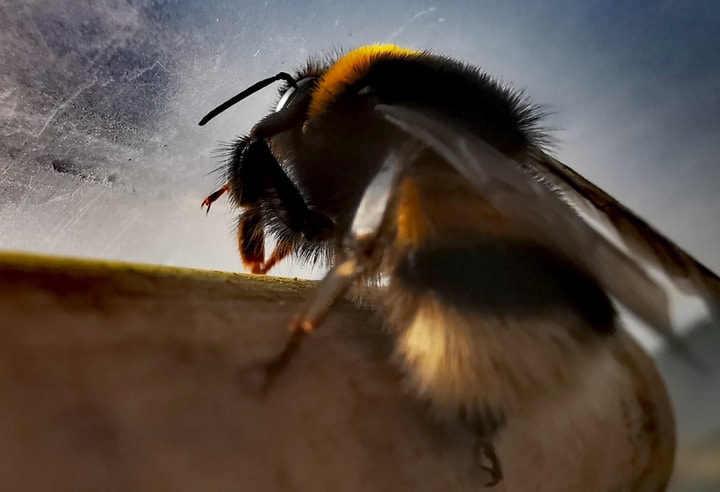
This is because bumble bees have smooth stingers they can remove after stinging a human. And, if they really don’t like you, they might sting you again.
23. From flower to flower
Bumble bee queens lay their eggs in batches of 4-16 on a speck of pollen which is then covered in wax. It’s the queen’s job to keep the eggs warm until they hatch, by pressing its abdomen to the wax ball.
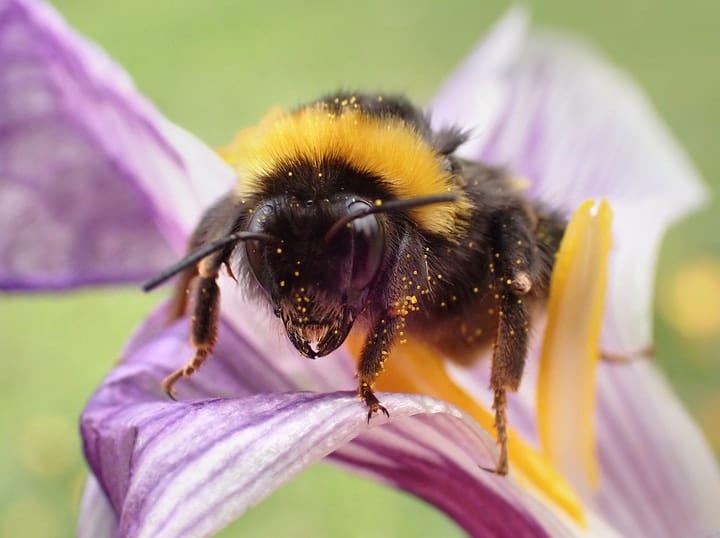
This requires tremendous energy, so a bumble bee queen has to visit up to 6,000 flowers per day to collect enough nectar to provide heat to her eggs.
24. Bees are good at maths
Scientists studying bumblebees have discovered they are able to calculate the shortest distance between the flowers they visit, a trait thought to be unique to this species. They won’t wander around but head straight to the next flower.
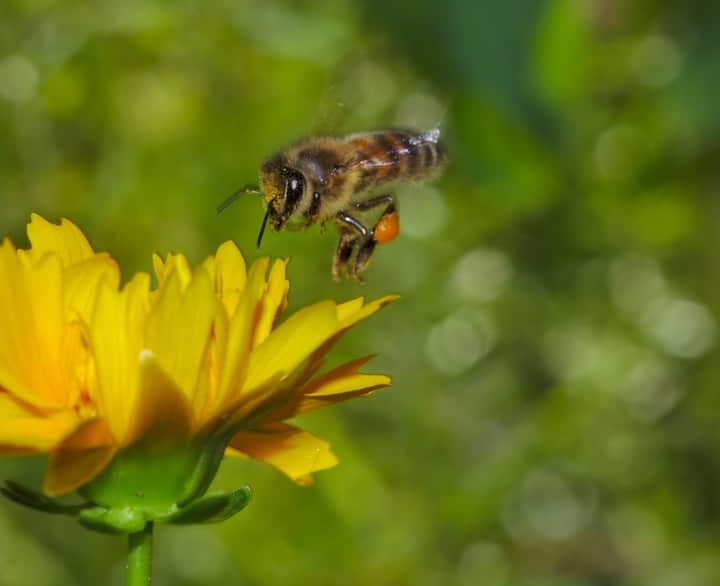
Wasp Facts
Wasps might look a lot like bees, but they’re a completely different species. Their diet and habits are quite different from those of bees. Read more about the types of wasps here.
25. Carnivorous wasps
The famous yellow jackets are a carnivorous type of wasp. Yes, they do go around flowers, too, but they’re essentially predators and feed on insects.
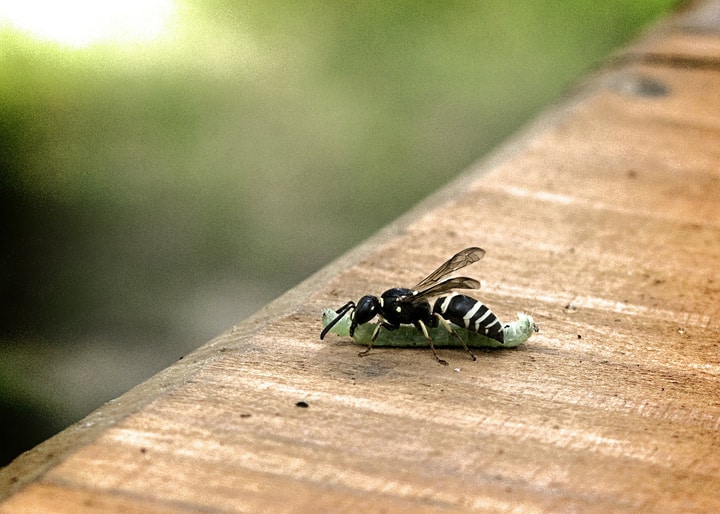
They’re attracted by the smell of any meat, which is why they’ll come buzzing around your BBQ grill.
26. Do all wasps sting?
Not really, solitary wasps won’t waste their venom on humans as they need it to sting and paralyze the insects they feed to their larvae.
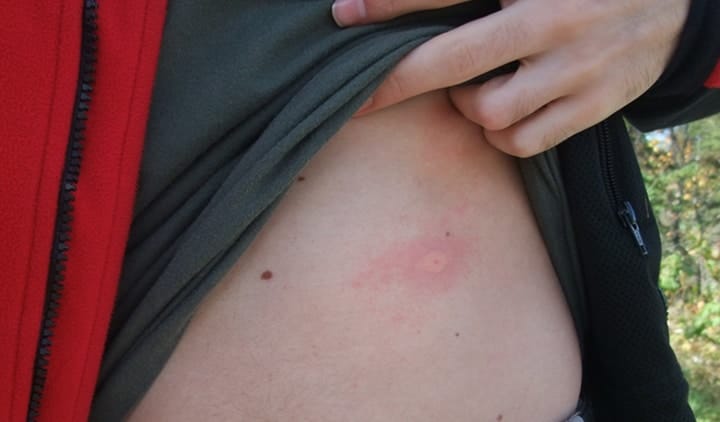
On the other hand, social wasps like yellow jackets will. Make one social wasp angry and it will release pheromones to call other wasps to help.
27. Ever heard of the cuckoo wasp?
It’s not just the cuckoo wasp, many types of solitary wasps are parasitic insects and they lay their egg inside the nests of more social bees.
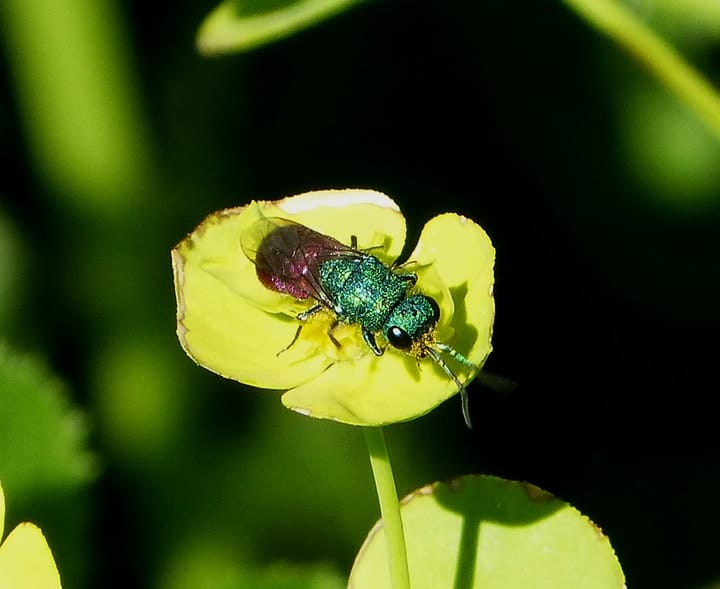
If they don’t get killed, the wasps leave their foster homes as soon as they become adults.
Fun Bee Facts for Kids to Present at School
Do you know how many eyes a bee has? How about legs? Check out these fun bee facts for kids.
28. How many bees are there in the world?
More than you can count, that’s for sure. There are over 20,000 species of bees in the world and many live in hives.
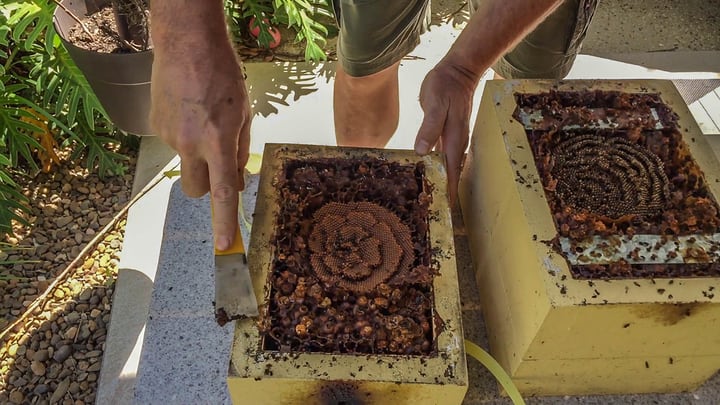
Scientists have estimated the number of bees in the world at 2 trillion individuals!
29. Where do bees live?
The answer is all over the world, on all the continent except for Antarctica. There aren’t any flowers there so what would be the point?
30. Crowded beehives
Bees live in large groups called colonies. The average number of bees in a colony is 50,000. Imagine them all fighting over the bathroom in the morning!
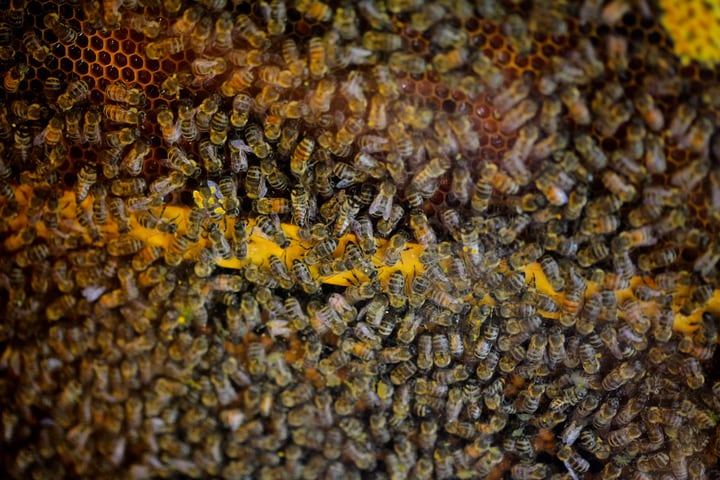
31. What has six legs and five eyes?
Everybody knows bees have a distinctive black and yellow striped pattern and you might have seen someone dressed as a bee for Halloween.
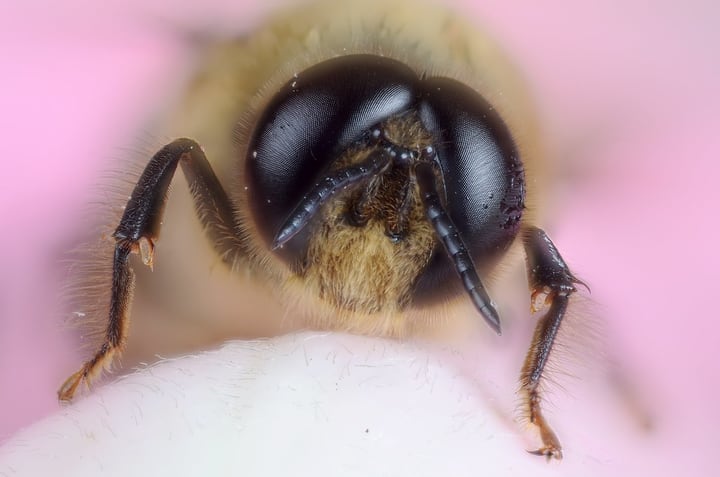
Still, maybe they got the stripes right, but to be a real bee you need to have six legs and five eyes. How about that!?
32. Look at the flowers!
Bees are attracted not only by the smell of pollen and nectar, they also care about pretty colors. Their favorite color is blue, which is why you’ll find them buzzing around lavender patches or rosemary plants.
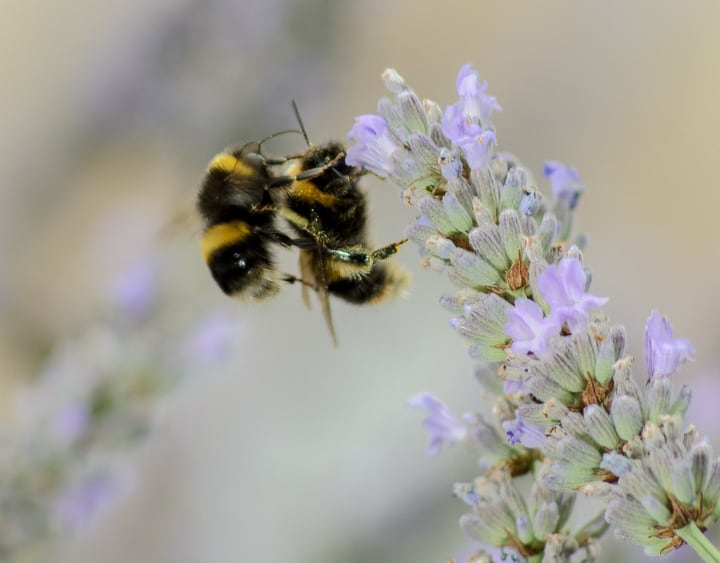
Tip: To attract more bees to your garden make sure you have flowers of varied colors.
33. A hard day’s work
A honey bee will visit between 50 and 100 flowers during one collection trip. Depending on their findings, they fill their pollen baskets and then head home. If there’s time enough, after unloading the goods they head out again.
34. The only domesticated insect
Humans have been able to domesticate a lot of mammals–dogs, cats, horses. We find it natural for these animals to live on a farm.
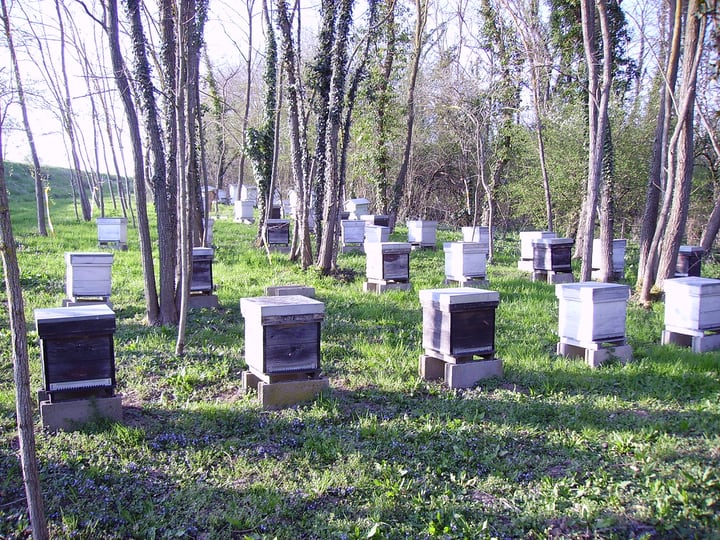
Bees are a different matter, though. They’re the only insects to have been domesticated, at least partially, as they live in man-made hives and allow a beekeeper to go about its job.
35. Hit the road, Jack!
Male drones’ only purpose in life is to mate with the queen.

They don’t even have stingers to protect the hive. In spring and summer, there are hundreds of drones living in a hive, but when winter comes, worker bees kick them out because they cannot waste precious resources on them.
36. Do bees have enemies?
Not many, because they have stingers to defend themselves. However, there are birds, reptiles and some animals who dare to bother them.
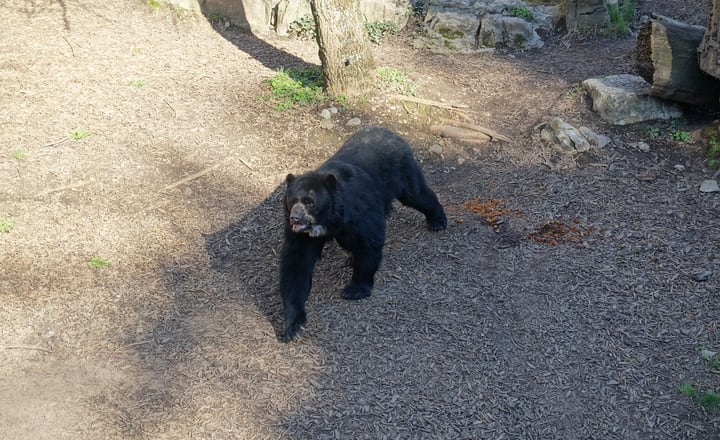
Bears are their greatest enemies. When they smell honey, bears don’t go nicely like Winnie the Pooh, they tear down a nest to get to the honey.
37. Oldest bee in the world
In 2006, researchers in Myanmar discovered the fossil of a bee beautifully preserved in amber. It is estimated that the bee lived 100 million years ago.
Bee Facts Frequently Asked Questions
Now that you know all these interesting bee facts, let’s go over the basic questions about bees that we keep hearing. Explore the answers now.
What bees can do?
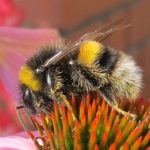
The bees have one fundamental job in this world and this is to pollinate plants, that is, to carry pollen from one flower to another. While going about their job they also collect nectar.
Back at their hive, bees don’t get to relax and watch TV, they make honey using what they have collected during their flight from one flower to another. Even queen bees work, after a fashion.
How long do bees live for?
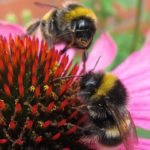
They work all their lives which doesn’t look like much fun, but at least it’s not a long life. A regular Western honey bee has a 122-152 days life cycle, which is less than half a year. Bumble bees live even less–28 days!
Why are bee facts important for kids?
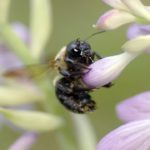
Bees are essential for our survival as without their pollination we wouldn’t have what to eat. Plants and trees depend on pollination, and we and the rest of the animals on Earth depend on those plants.
The sad truth is that over the past few decades there have been alarming signs that the global bee numbers are dwindling, and that doesn’t bode well for our future. Explore more bee facts for kids.
Don’t Bug a Bee So It Doesn’t Bug You!
There are many interesting things you can learn about bees or wasps, but do it from a distance rather than up close. Remember that bees and wasp only attack a human when they feel threatened.
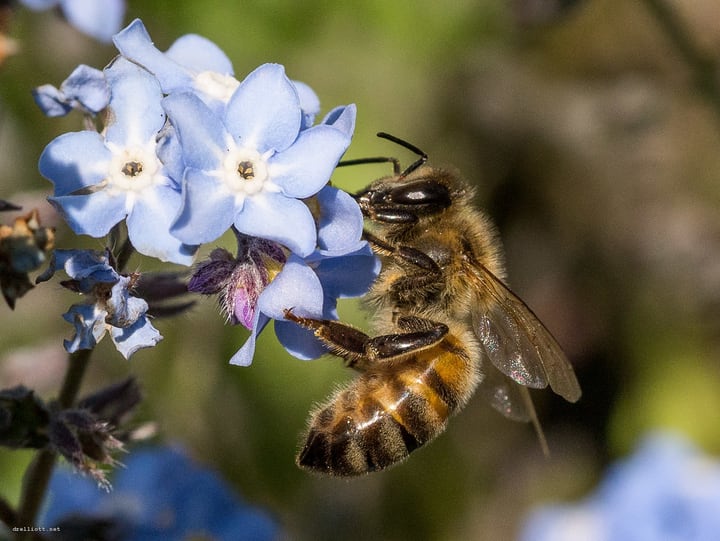
We hope you enjoyed our selection of bee facts. Now, why don’t you check some of our other bee posts as well? Read more about the different types of bees and how to choose the best flowers for bees.
And do you happen to know any fascinating bee facts that we missed? Drop us a comment and tell us all about them. We’d love to hear from you!

Leave a Reply